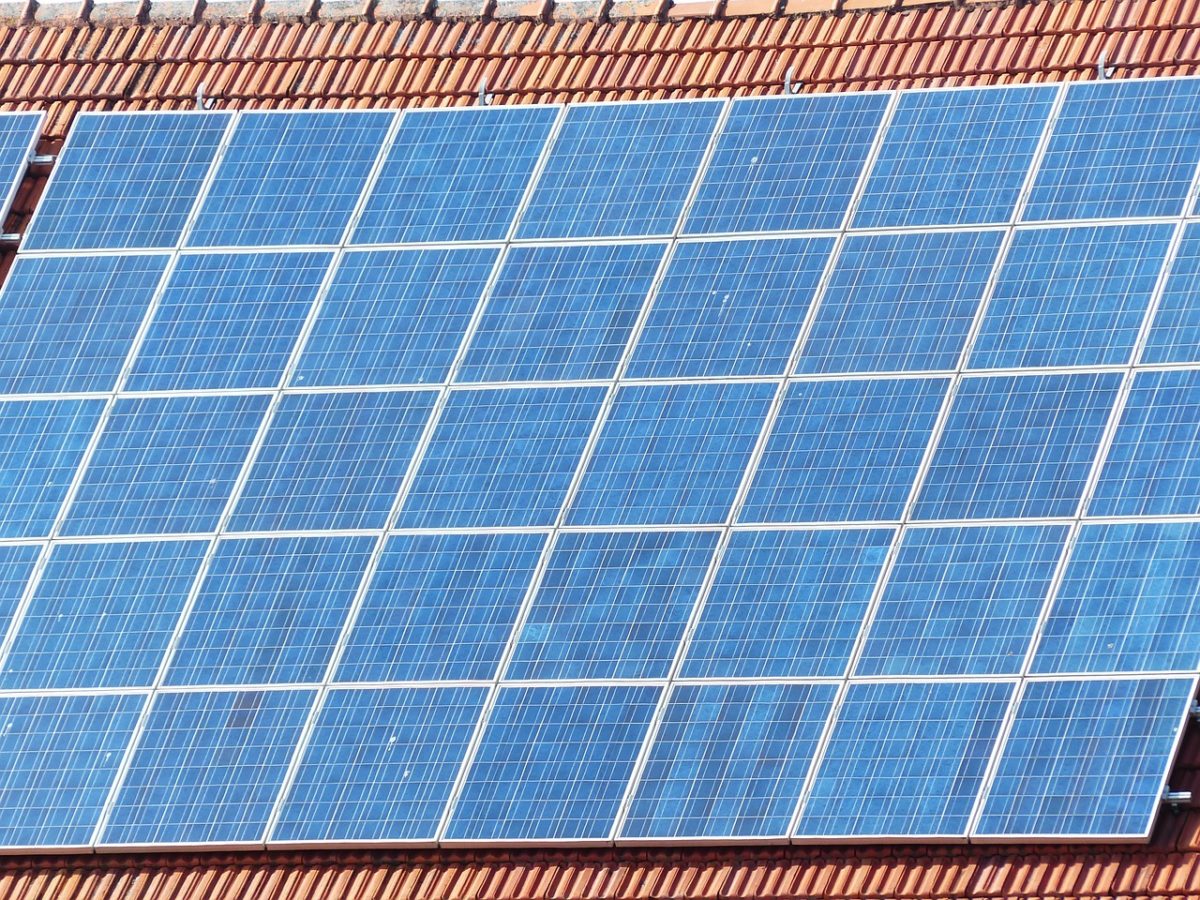Netbeheer Nederland, the Dutch association of national and regional electricity and gas network operators, and the Netherlands' association of energy storage technology providers, Energy Storage NL, have published a white paper in which they claim a faster phasing out of the net metering scheme combined with a rebate program for storage systems would make it possible to bring battery technologies to commercial maturity in the Dutch market as early as 2023.
In the document, the two entities stressed that solar capacity is growing too fast in the country and that grid bottlenecks are becoming a serious issue, especially for the low-voltage network. “The pressure on the low-voltage grids represents a barrier for consumers and companies to continue investing in solar on the roof,” the white paper reads. “Energy storage can be a good way to remove that barrier, but unfortunately it is not yet financially attractive, partly due to the net metering scheme in place.”
The net metering scheme was modified by the Dutch government in 2020 and is expected to remain in force, if not modified, until 2030. Since these provisions were put in place, net metering payments for excess power fed back into the grid are planned to fall in value by 9% per year. These tariffs still ensure reasonable payback times and keep driving the country's residential PV market.
According to the two associations, if these rules are not amended and no incentives provided for storage, residential and commercial batteries may not reach commercial maturity in the Netherlands until 2028. If, instead, a rebate scheme covering 30% of the costs for buying and installing a battery is introduced, storage could already become viable by 2023.
The Netherlands Environmental Assessment Agency recently estimated the country could reach 27 GW of installed PV capacity by 2030. The report’s authors said the planned phasing out of net metering for rooftop PV was more likely to influence the type of projects installed after 2023 than overall volumes.
Dutch power and gas provider Liander – which serves the provinces of Gelderland and Noord-Holland and parts of Flevoland, Friesland and Zuid-Holland – recently said bottlenecks in the low-voltage grids may increase by 50% by 2030. In May 2020, the Dutch government said that grid operators were not obliged to compensate the owners of solar rooftops whose arrays are disconnected due to problems with grid capacity and voltage quality.
Liander recently implemented several measures to increase grid capacity in several Dutch regions afflicted by grid constraints, which are preventing more renewable energy plants from coming online. These include the deployment of two giant transformers and the application of congestion management to a bottleneck in the grid.
In November 2020, Netbeheer Nederland and the Dutch renewable energy associations De Nederlandse Vereniging Duurzame Energie (NVDE) and Holland Solar signed a preliminary agreement to ensure faster and cheaper grid connection of large-scale solar power plants to the network.
This content is protected by copyright and may not be reused. If you want to cooperate with us and would like to reuse some of our content, please contact: editors@pv-magazine.com.




FINALLY ! Someone saw the writing on the wall and connected the dots.
Grid Storage is obviously going to be a necessity always to deliver power across the grid BUT it can only do so much and the cost for Grid Storage per unit is high , not just because of cell cost but size (capacity as well).
Any residence with Solar Panels or Residential Wind should obviously have it’s it’s own storage which can buffer between grid & residential usage while providing fail-over backup to the residence. Even homes / Apartments without direct solar input can and do benefit from having residential battery UPS and for Peak Shaving purposes as well.
In fact this fits the DER models to build a Cellular Structured Power Network as opposed to a Common Backbone topology now in use which has many weaknesses, all being seen NOW to verious degrees worldwide.
I am interested to see how EVs play a role in energy storage. First, the battery chemistry must be conducive to cycling and have sufficient capacity.
Secondly, an EVSE cable for charging needs to exist where the car is parked. Ideally, this exists in homes and the workplace. If the workplace adopts reasonable level 2 EVSEs, this will benefit both apartment dwellers for charging and provide a robust place for excess renewable energy to be stored via V2G.
Home and workplace EVSEs then distribute the excess energy back to the grid via V2G vehicle to grid.
While there are benefits to having a distributed residential storage network, for the consumer the main benefit of net metering is seasonal shift, which cannot (practically or economically) be achieved with residential storage
The usual category errors committed by those that should know better. By all means install batts (in the home or network connected). However, this will not solve summertime problems of a given PV array delivering far more power then the batts can absorb (and then deliver at night). The solution is hybrid: batts + electrolysers with the latter delivering H2 to the extensive Dutch gas network. Don’t hold your breaths, such an approach would require original thinking – which is rarely in evidence & certainly not in this case.